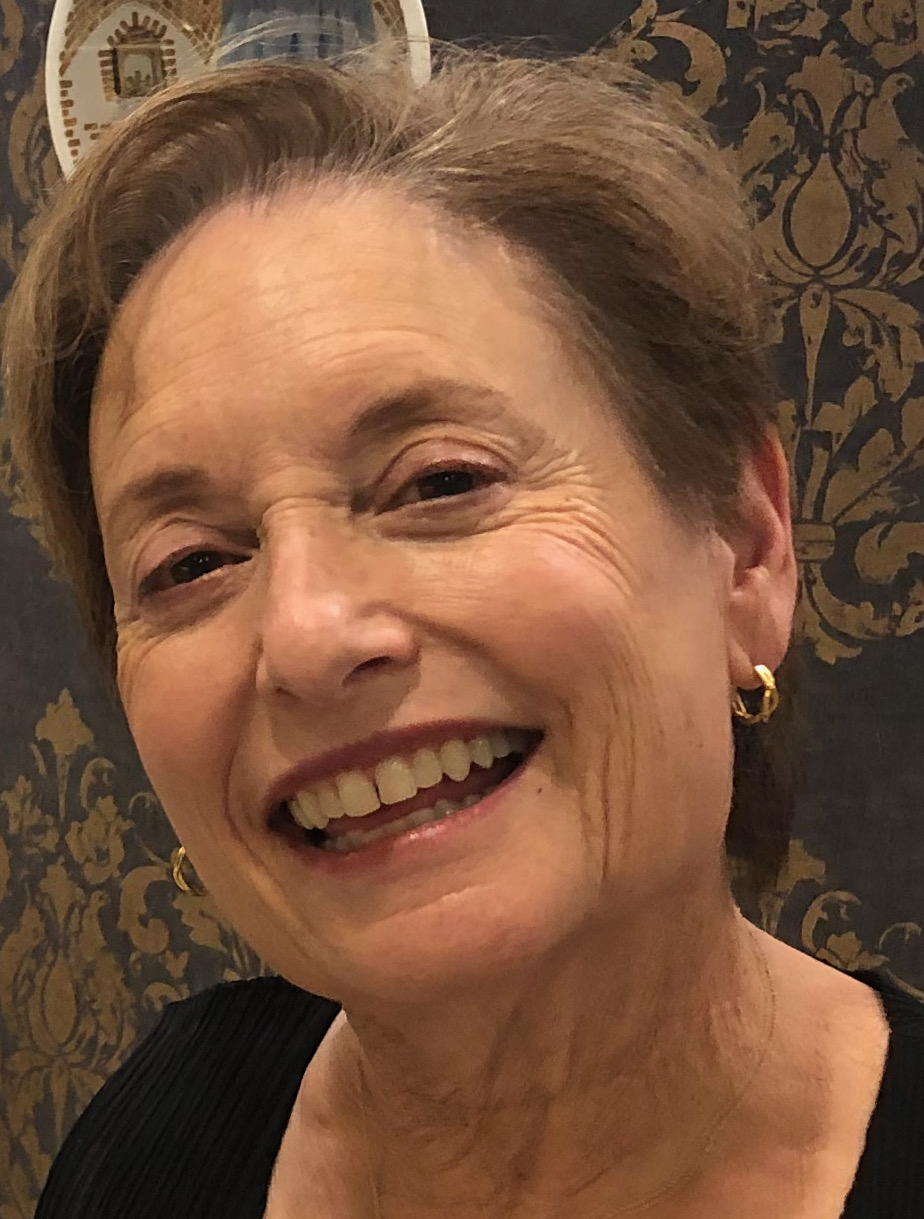
Img: cc
Markus Spiske.
Group Dynamics and “Momentum Shifts” in Basketball
A Psychoanalyst Looks at Sports
Psychoanalyst Joan Sarnat reflects on what it takes for players to work together as a team to harness group energy in the service of success.
I have watched the Golden State Warriors basketball team start a game unable to “buy” a basket, seemingly inferior in every way to their opponent. That opponent presents as the obviously superior team: larger, more energized, “locked in,” making every difficult shot. At such moments I’m struck by how relatively lacking in athleticism, how small, and how young and inexperienced many Warriors’ players are. The game seems to be over before it has hardly begun! I wonder, why did I ever have confidence in this team?
And then… the roles of the two teams unaccountably switch! The opposing team, who only a moment ago seemed invincible, lose energy, fall out of sorts, their limitations now blatantly apparent. Meanwhile, the Warriors spring to life, getting into “rhythm” and sinking every shot.
How does this happen? Sportscasters tell us that we are watching “a momentum switch,” as though the label itself explained the phenomenon.
But why is it that relatively small triggers --a player substitution, a shift from man-to-man defense to zone, introducing a set play instead of the usual improvisational approach to offense, a good shot, triggering excitement in the arena-- or sometimes no identifiable trigger at all-- can lead to dramatic reversals in which team is dominating? Psychoanalysis suggests that this phenomenon is traceable to the nature of groups.
Sigmund Freud, in Group Psychology and the Analysis of the Ego, developed a theory about why raw energy is unleashed when people come together in groups. He formulated that individuals who come together in a group begin to identify with one another and then transform into a psychological “mass,” losing their sense of individuality. Although individuals are generally regulated by feelings of guilt and internalized standards, within a group, the individual’s sense of responsibility is diluted as the group member falls under the sway of shared unconscious processes, which serve to disinhibit the group-as-a-whole and stimulate a group regression.
When the group unconscious overwhelms the individual’s sense of responsibility, Freud noted, the result can be behavior that would be otherwise unthinkable. Take, for example, a mindless--and deadly--stampede in a theater when someone calls “fire.” Or hundreds of people committing suicide at the direction of a cult leader, as happened during the Jonestown Massacre.
Freud focused on the darker side of mass behavior rather than on the positive power of groups. Later psychoanalytic theory development, especially relational theory, placed more emphasis on the potential that lies within groups. But Freud’s primary insight, that a limited and constrained impulse within an individual can be magnified and unleashed within a group, is universally endorsed by group theorists. And this insight helps us understand “momentum shifts” in basketball.
The challenge for basketball coaches is to welcome the energy that is generated when the players come together as a group, and then to harness it in the service of winning, rather than allowing the team to devolve into a mindless mob. Skillful coaches understand that no matter how intense group phenomena become, individual players must be held accountable, insisting that players take care of the ball, defend without fowling, exercise good judgment in taking shots, and such.
The line between a competitive team and an unruly mob can be razor thin, as Coach Kerr of the Warriors understands. Take his attitude toward Draymond Green. Wilfred Bion, a psychoanalyst known for his work on group dynamics, would call Green the “fight” leader for the Warriors, since Green is the player who is most intensely aggressive. It is, of course, a problem for the team when Green gets himself thrown out of the game--not to mention when he punches a player on his own team, as he did this year. Yet Kerr, despite setting a clear limit on bullying a teammate, continued to praise Green as “the heartbeat of this team.” Kerr knows that Green’s ability to unleash intensity in the group is as essential to the Warriors’ success as a beating heart is to the human body.
“Momentum shifts” can be powered by virtuous cycles as well as by aggression. Basketball commentators note that “it just takes one [made basket]” to get some shooters going. Opposing coaches take the impact of a shooter “getting hot” seriously, deploying a disproportionate number of defensive players to prevent gifted shooters from making that first basket.
This is because, through group contagion, a single player “getting hot” can trigger a cycle of “success-confidence-success” in the team as a whole, which leads to big shifts in how well the team plays. The same group phenomenon can occur when a defensive player gets “hot”. Garry Payton was a “game-changer” for the Warriors last season because, although undersized and a poor shooter, his ability to steal or dunk the ball immediately upon taking the floor activated so much excitement in the team and the crowd that he would predictably get the Warriors going. Coaches do all they can to perpetuate such virtuous cycles, postponing scheduled player substitutions rather than disrupt the magic. On the other hand, when such a virtuous cycle gets going for the opposing team, smart coaches immediately call “time out” in an effort to disrupt the magic.
And the contagion is not limited to the team alone. The Warrior’s massive “home-court advantage” this year-- the fact that the Warriors have won dramatically more games at home than on the road -- arguably results from the degree to which this team feeds off their fans’ catching fire when a shooter or defensive player gets “hot.” A “Curry flurry,” followed by a crowd-inciting Curry “celebration,” gets the crowd roaring. This is a version of “mass hysteria,” but of the most benign and enjoyable kind. It is a coveted part of the experience of being a Warriors fan, and the fuel that launches the kind of group dynamic that basketball commentators call a “momentum switch.”
Author: Joan Sarnat, PhD, ABBP

Joan E. Sarnat, Ph.D., ABPP is a personal and supervising analyst and member of the faculty at the Psychoanalytic Institute of Northern California (PINC). Her review of I. Hirsch et al, Psychoanalytic Perspectives on Intense Involvement in Sports appears in the current issue of The Am. J. of Psychoan. (28, 2, 2022). Dr. Sarnat co-authored, with Mary Gail Frawley-O'Dea, The Supervisory Relationship (Guilford Press, 2001). Her second book, Supervision Essentials for Psychodynamic Psychotherapies (American Psychological Association, 2016), was published in tandem with a DVD for the APA series, Supervision Essentials. Dr. Sarnat is in practice in Berkeley, California.

Return to
Everyday Psychoanalysis Blog